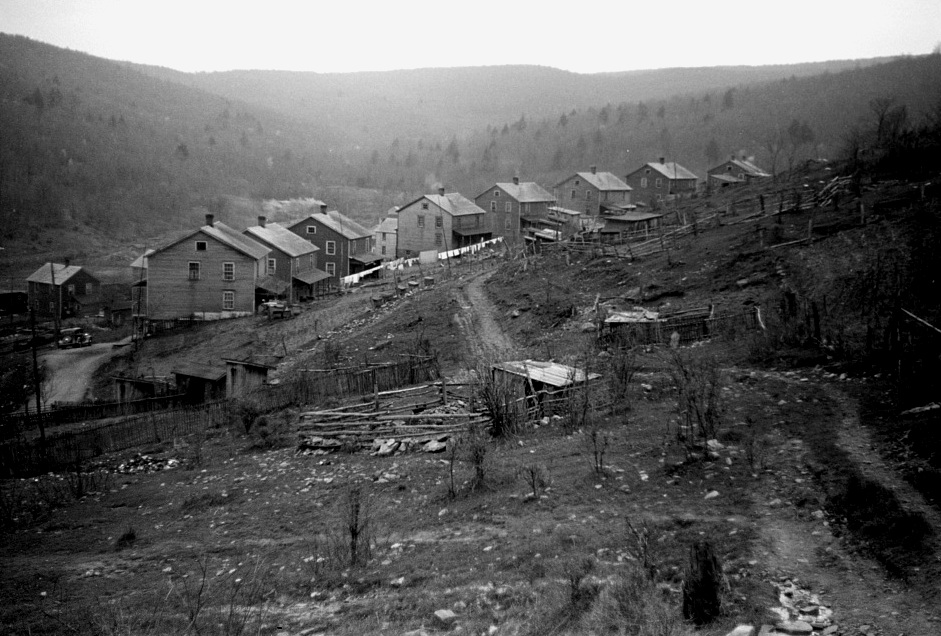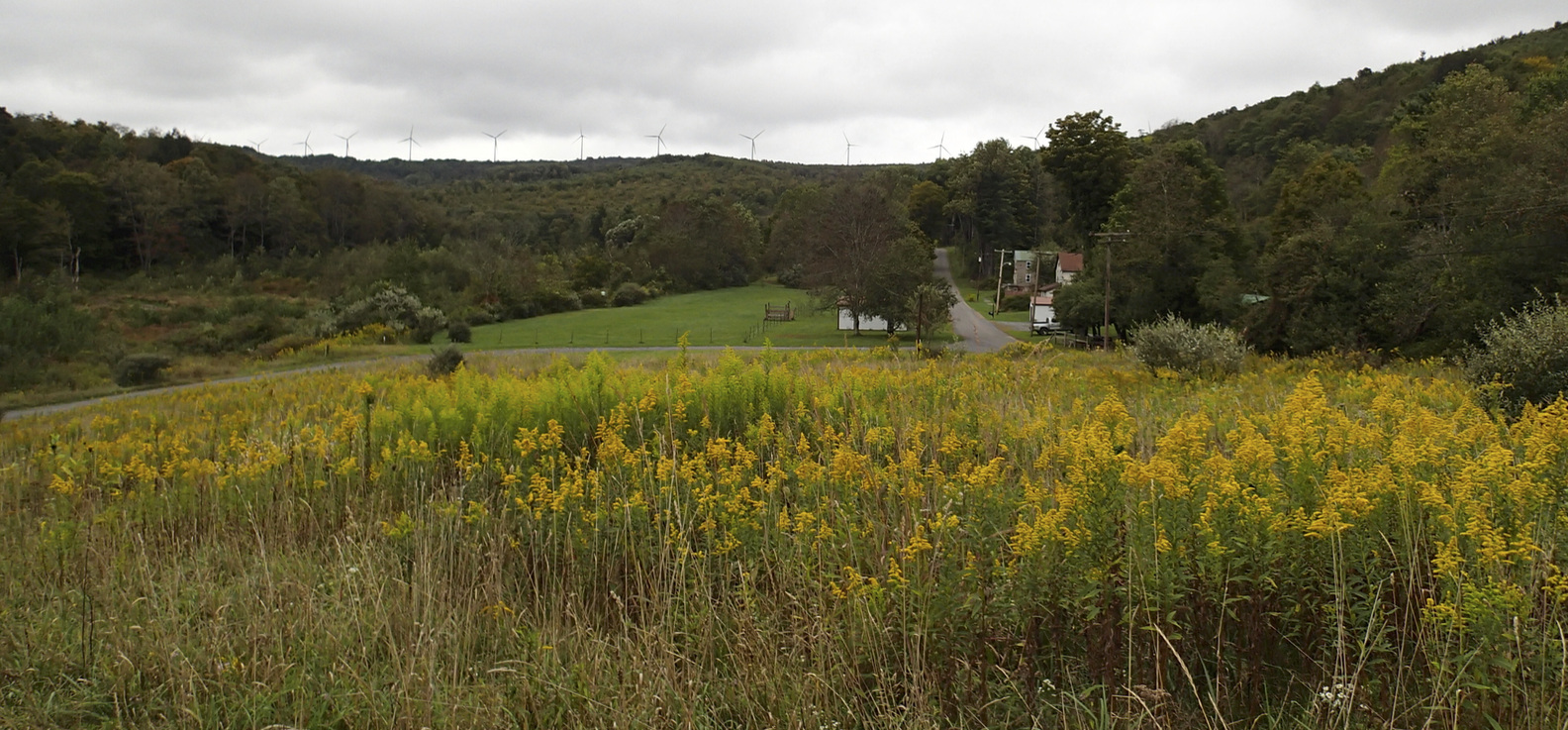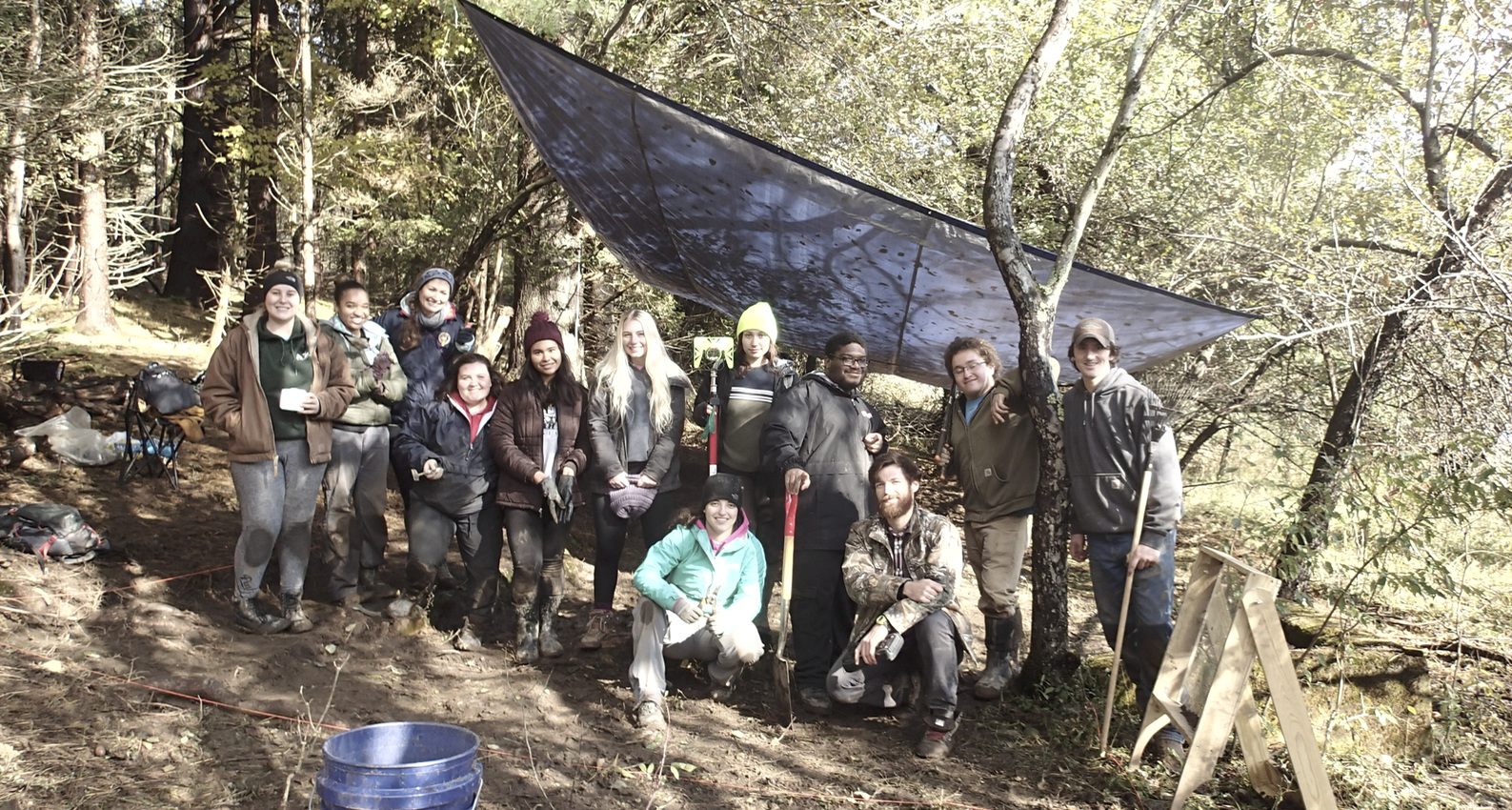


Mission
The Kempton Historical Archaeology Project (KHAP) tells the domestic story of individuals and families who have been all but overlooked by American historians: the average 19th and early 20th Century Appalachian coal mine laborers. When individuals miners and/or coal communities were mentioned in the national narrative, their image was often cast by those from outside of Appalachia, usually those with an agenda and a plan to profit. KHAP uses cultural material recovered in household settings during archaeological excavations, linked with local and family history, and alloyed with amateur photography to tell an honest and intimate story of home life in a bygone coal community in Appalachia.
Goals
The Kempton Historical Archaeology Project was established to:
01.
–
Use archaeology, family heirlooms, local history, and interviews to tell the overlooked story of domestic life in a 19th & 20th Century coal company town in Appalachia.
02.
–
Refute the denigrating, outsider definitions of Appalachia’s historic coal communities using archaeology to reveal the kaleidoscope of culture, ethnicity, and nationalities that comprised the once thriving coal town of Kempton.
03.
–
Breathe life back into region through the establishment of a local history museum focused on family and society in Appalachian coal communities.
04.
–
Increase awareness of the enormous Acid Mine Drainage issue continuously damaging the North Branch of the Potomac River after the closure of Mine No. 42 in 1950.
Re-imaging Appalachia
Too often historic Appalachia coal communities were imaged as indigent, wizened, and downcast by unfamiliar photographers on a mission to enforce stereotypes formed outside the region.
Multilingual Backwoods Folk.
Wandering the streets of Kempton a century ago, a visitor would have heard Hungarian, Italian, German, Lithuanian, Czech, Polish, and English.
A Museum of Coal Town Life
The old stable building still stands in Kempton and is an excellent candidate for the community’s future museum.
Environmental Impacts Post-Mine Closure
The abandoned Kempton Mine Workings discharge millions of gallons of acidic, metal-laden water into the Potomac River each day.
“One person in a community with civic interest in his heart, proves the force of the individual. We are all parts of a whole. Not one of us can live his life away from other lives and lead a rich full life… It is the day of the slogan: Each for the other and all together.”
Dr. L. J. Lanich, company doctor for Kempton

History of Kempton
In 1913, the Davis Coal and Coke Company established the town of Kempton to service Mine No. 42 and extract coal from the Upper Freeport Seam or Davis Vein. This was the richest vein in the Upper Potomac Valley, and within just a few months of operation, the mine was producing 250 to 300 tons of coal per day. Mine inspectors were confident that the mine would only grow; that soon the shafts would see 2000 tons of coal per day, and that mining would continue for more than twenty-five years, at least. By 1922, the Maryland Geological Survey noted that the Kempton mine was “without doubt the most modernly equipped of all the coal mines in the State of Maryland.”
This promising venture attracted many young families looking to start their new lives with job security. The community of Kempton was to be Davis Coal and Coke’s ideal town, and the vision of a prosperous company town brought local miners and new immigrants alike to this small corner of Western Maryland. By 1918, Kempton was home to 850 people living in 106 houses. The company houses were small and simple, with one outhouse for every two homes. Only the superintendent’s house had indoor plumbing. Nevertheless, Kempton was a bustling community, with religious services held for various denominations throughout the week, a school was built for the children of Kempton, and a social hall hosted movie screenings or pool halls. With residents keeping their own chickens and milk cows, Davis Coal and Coke employing a doctor for the community, and miners paid in company money (locally known as “Kempton chinky-tink”) to be used at the local company store, Kempton was a largely self-sufficient town.
When a notice was placed in the window of the company store in April 1950, announcing the closure of the mines one week from posting, the residents of Kempton were taken completely by surprise. On April 15th, 1950, the Davis Coal and Coke Company’s Mine No. 42 closed permanently. The pumps were shut off and the mine flooded with groundwater in about six weeks. The Company’s former employees were forced to leave Kempton and seek work elsewhere, but with one dollar of company script equivalent to only $0.75 or $0.80 USD, many former miners were left in difficult financial situations. Still, the majority felt that they had better employment opportunities elsewhere, and a rapid exodus from Kempton ensued.
Today, Kempton is a small, quiet community of just a few houses on the border of Maryland and West Virginia. The remnants of the town that was once the Davis Coal and Coke Company’s showpiece are still visible, but obscured by time and the Appalachian landscape which surrounds it. The foundations of many company houses rise low and uniform from the forest floor. Hardwood stems and brambles stand silent in the company store, where music, news, and laughter once echoed. Nevertheless, these remains still hold the stories of the bygone inhabitants, those who came to Appalachia searching, loving, living.
Ready to help?
Volunteer
—
Donate

Historic Photographs of Kempton were accessed from the US Library of Congress. Images captured by John Vachon in 1939.



